
Gulab Jamun
sweet Gulab Jamun are made up of khoa, maida and sugar
" Land of temples ! "
Osmanabad district lies in the southern part of state. Most of the district area is rocky while the remaining part is plain. The height of district is 600 mm above sea level. Most part of the district is surrounded by small mountain called “Balaghat”. Bhoom, Washi, Kalamb, Osmanabad & Tuljapur Tahsil lie in the range of this Balaghat mountain.Some part of the major rivers like Godawari and Bhima come under this district.... The district is located on east side of Marathwada region within North latitude 17.35 to 18.40 degree and east latitude 75.16 to 76.40 degree. The district is surrounded by following districts: Solpaur – South-west Ahmednagar – North-west Beed – North Latur – East Bidar & Gulbarga (Karnataka) – South The area of district is 7512.4 sq. km out of which 241.4 sq km is urban area ( 3.21 % of total area ) and 7271.0 sq km is rural area ( 96.79 % of total area).


ter, settled along both the banks of the Terna is an historically important village in Osmanabad district lying some 32.19 km (20 miles) from the tehsils headquarters. Its antiquity can be traced as far back as the Puranas wherein it is referred to as Satyapuri and in the ancient period of our history as Tagarnagar. It has been mentioned in the Periplus of the Erythraean Sea as one of the two pre-eminent centres, the other being Pratisthana, modern Paithan in Aurangabad district. The Periplus states that all kinds of mercantile goods throughout Deccan were brought to Tagara and from there conveyed in carts to Bharuch. It traded with the outside world especially Greece and Rome and some Roman coins recently discovered here lend testimony to this fact. It reached the height of its commercial prosperity during the Satavahana period. Ter was the capital of one of the branches of the Silaharas, many of whose seals and coins depicting an elephant giving bath to Mahalaksmi, the family deity of the silaharas, have been unearthed here. In the same way objects like potsherds, beads, garlands, combs, dolls, conch shells, old bricks and many ivory objects uncovered in the excavations undertaken at Ter and its environs throw valuable light not only on the history of the village but also on the cultural, architectural and various other aspects and accomplishments of the people who inhabited the region in ancient times. Deeper excavations are being carried in the hills around Ter, which are yielding valuable material. The remains discovered so far, point out to a rich cultural heritage. Dr. Hiralal Jain in his Karandakacaritra, a Jain book, refers to caves near Osmanabad as Ter caves, as they are nearer to this village. In the mediaeval period the village shot into prominence as a centre of religious propagation. The well-known saint of Maharastra. Gora Kumbhar, a contemporary of Saint Jnyanesvar was a resident of this village and in his days it was frequently the scene of gatherings of saintly personages. Scholars of Saint literature are of the opinion that Ter had its own share in the propagation of Bhagvat dharma.
In 1599, Mughals defeated Nizam Shahi of Ahmednagar. Though Emperor Akbar appointed his officers to look after the kingdom of the Deccan, the Nizam Shah’s officers refused to receive orders from them. They had lost their independence. They declared Murtaza, the son of Shah Ali king and made Paranda Fort, about 75 miles south east of Ahmednagar capital. The site passed several times between them and the Adil Shahis and remained with him for two to three years and was captured by the Adil Shah in 1630. In 1657 it was again captured by the Moghuls and eventually came into the hands of the Nizams of Hyderabad
75 Km away from district headquarter Osmanabad & 127.5 Km from Latur.
The dharashiv caves are situated 8 Kms away from Osmanabad city in Balaghat Mountains. The caves were taken note of by Archaeological Department and mentioned in the book “Archaeological survey of India” by James Verges. There are total 7 caves in the Balaghat Mountain lane. The first cave is without any statue with small open space .The second cave consists of a statue with Artistic work on right side of statue. The art work is of gandharva era. The fourth cave is with open space without any statue inside. The statue in the sixth cave is damaged while the seventh cave has no statue. That this is an ancient place is shown by the caves excavated in the hill at a distance of about eight miles. These caves were originally Buddhist, but were later converted into monuments of the Jain religion and fresh caves were also excavated nearby. Of this we shall speak later. There are some more Buddhist caves excavated in the hills, about 8 miles from Dharashiva. The earlier of them are referred by Burgess to the middle of the 7th century A. D. Cave No. II is modeled on the plan of the Vakataka caves at Ajanta. It has a central hall measuring 80 feet by 80 feet, with 14 cells for the residence of the Bhiksus and garbhagraha with a colossal image of the Buddha in Pamasana. From the hoods of a serpent spread over its head, it is supposed by some to be the image of the Jaina Tirthankara Parshwanath, but the figures of deer with a dharmacakra between them on the pedestal indicate that it is that of Gautama Buddha. Another cave (No. III) has a hall of 59’ by 59’, closely resembling Cave No. I. Later some Jain caves (No. V and VI) were excavated on the same hill. They are described in the Prakrt work Karakandacariu as excavated by the king Karakanda, who came to know about the earlier caves from the prince Siva of Terapura (Tagara).
Naldurg which was formerly a district headquarter is situated about 50 Kms. south-east of Osmanabad. The fort which is an interesting place has enclosed a surface of a knoll or plantain of basalt rock which is jutted out into the valley or raving of the small river Bori. Along the rest of the cliff on three sides ran fortifications. bastion firmly built out have deseed basalt and are large enough to carry heavy guns. The entire circumference is about a mile and a half. The interior portion is covered with ruined walls and a half, the interior portion is covered with ruined walls and a vide road running up to the centre. The fort has many bastions amongst which are upli Buruj, which is the height point in the fort paranda Buruj , nagar Buruj, Sangam Burug, Sangram Buruj, Bands Buruj, poone Buruj, etc. Inside the fort there are remains of the walls and some of the building such a Barood kotha, Baradari, Ambarkhana, Rangaan mahal, Jali etc. Though the buildings are in ruins the remains give a impression that there night have been at one time the specious buildings, There are two tanks in the fort known as machali guns amongst which important are the “hathi toph” and magar Toph”, The hathi Darwaza and the hurmukh and the hurmukh darwaza are the main gates of the fort. The most interesting building which connects the fort and the Ranmandala is the dam constructed across the bori river, the dam and the” pani mahal, which is built underaatch and in the middle of the dam were, constructed. During the reign of Ibrahim Adil shah II. The fort is said to have been originally built by a Hindu Raja who was a vassal of the Chalukya kings of kalyani. It was latter included in the dominions of the Bahamanis and was subsequently taken over by the Adil shahi kings of bijapur, from whom it passed in the hands of mughalain the year 1686.A.D.
Tulja Bhavani Temple (Marathi: श्री क्षेत्र तुळजा भवानी देवस्थान) is a Hindu temple dedicated to the goddess Bhavani. It is located in Tuljapur in Osmanabad district of Maharashtra and is considered as one of the 51 Shakti Pithas. It is situated 45 km from Solapur.The temple was built in c. 12th century CE. Aai Tulja Bhavani (also known as Tulaja, Turaja, Tvarita, Ambā and Jagadambā). Tulja Bhavani is a form of Durga who is worshiped in Maharashtra, and also by Rajputs of North Gujarat, Telangana, Northern Karnataka, Western Rajasthan and Punjab.[citation needed] Bhavani translates to "giver of life", meaning the power of nature or the source of creative energy. She is considered to be a mother who provides to her devotees and also plays the role of dispensing justice by killing Asuras.[citation needed] Shivaji Maharaj the founder of the Maratha kingdom, always visited this temple to seek blessings.[citation needed] The legend has to its credit to say that the Goddess gave him a sword called ‘Bhavani kadga’' by using which Shivaji was successful in his expeditions.[citation needed] The history of the temple dates back to the days of ' Skanda Purana ' as it finds a mention in that holy script. According to the epic story, there was a sage "Kardam" and his consort "Anubhuthi’ with an infant, in this area. After his death his wife "Anubhuthi" performed a penance for goddess in the name of Bhavani on the banks of river "Mandakini" to look after her child. There was a demon (Rakshasa) by name “Kukur" who tortured her. Then Goddess Bhavani rescued Anubhuthi and killed the demon. The goddess on the prayer of her pet devotee settled on the hill of "Bala ghat". Since then the Mother Goddess came to be called as Bhavani of Tuljapur or Tulja Bhavani

sweet Gulab Jamun are made up of khoa, maida and sugar
Osmanabadi goat mutton is also a very famous item.
If you like egg curry, you are going to love this egg roast!
The boiled mutton with Rassa or locally called Sherva (boiled water infused with local spices such as turmeric, ginger, garlic, coriander, red chili, black chili, etc.).
Bangada-fish is the best seafood that you will get to eat in Ratnagiri. Taste of this sea food is amazing.
roasted beef sandwiches made using Pillsbury™ French bread and caramelized onions.

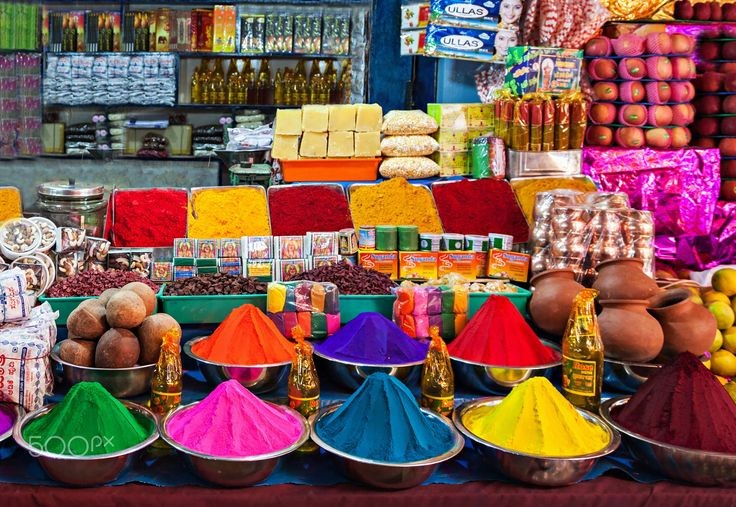
Address: S.R.T.Colony, Osmanabad, Maharashtra 413501
Timing: 9am to 8pm.

Address: Osmanabad, Maharashtra
Timing: 10am to 9pm.
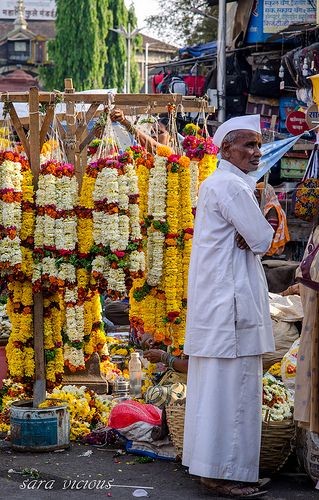
Address: 258-4, near Post Office, Nehru Chowk, Osmanabad, Maharashtra 413501
Timing: 9am to 9pm.
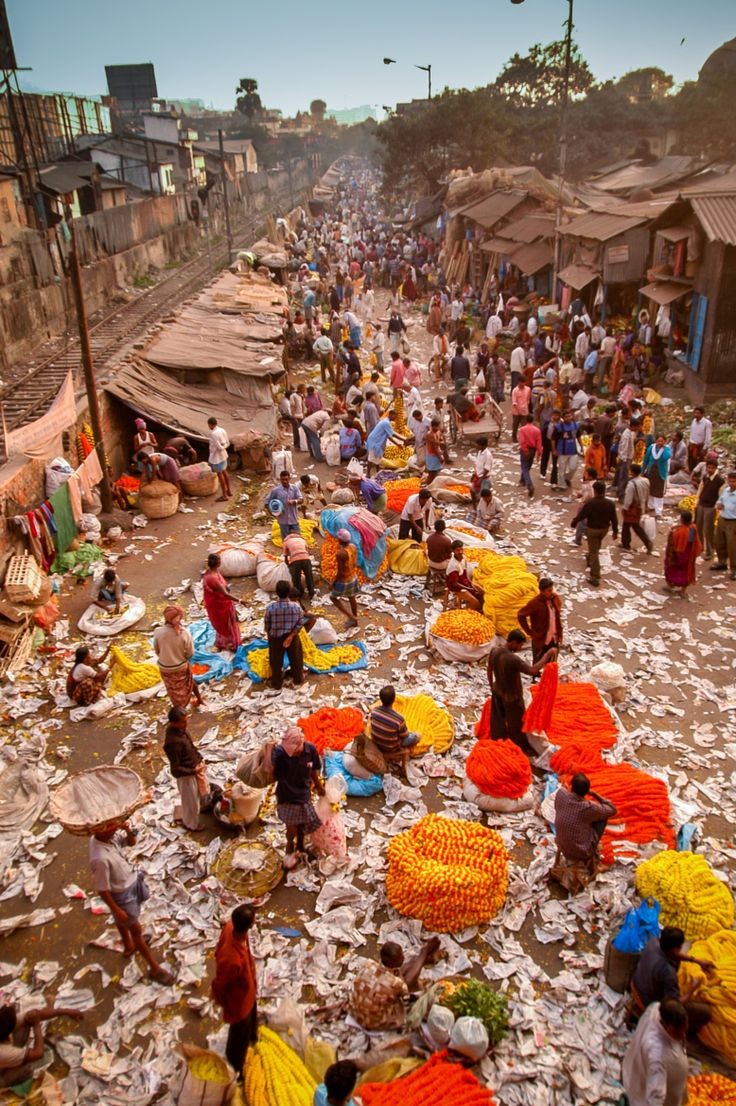
Address: Osmanabad Bypass Rd, Vikas Nagar, Osmanabad, Maharashtra 413501
Timing: 8am to 10pm.
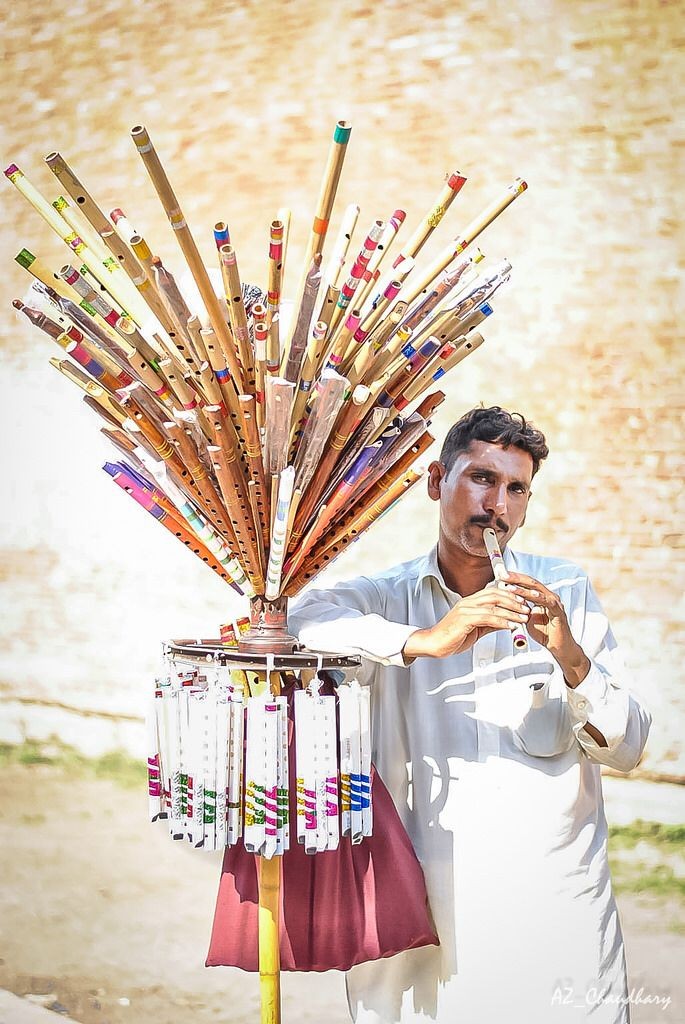
Address: Tambari Vibhag, Osmanabad, Maharashtra 413501
Timing: 9am to 9pm.
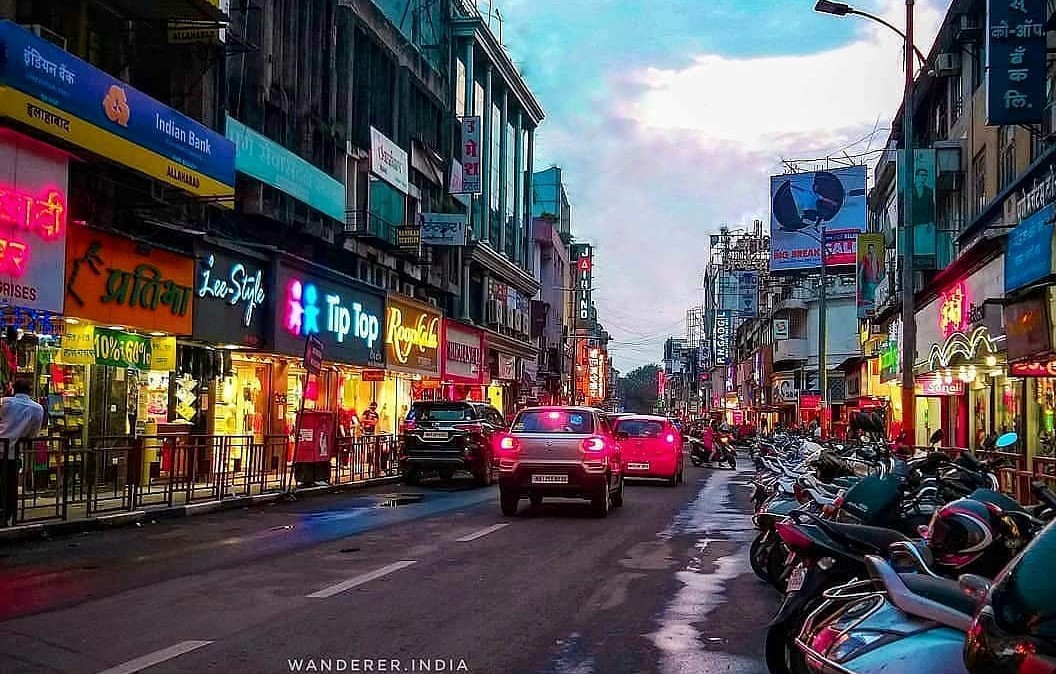
Address:Arab Galli, Nehru Chowk, Osmanabad, Maharashtra 413501
Timing: 10am to 8.30pm.
Latur district is a district in Maharashtra state of India. Latur city is the district headquarters and is the 16th largest city in the state of Maharashtra. The district is primarily agricultural. Urban population comprises 25.47% of the total population
Solapur is a city located in the south-western region of the Indian state of Maharashtra. Solapur is Pune, Bangalore and Hyderabad, with a branch line to the cities of Bijapur and Gadag in the neighbouring state of Karnataka.
Raigad is one of the districts in Konkan Division of Maharashtra and Arabian Sea coast forms western boundary of the district. Most hilly places of the District are in the Sahyadri mountain range. Previously known as Kolaba.
